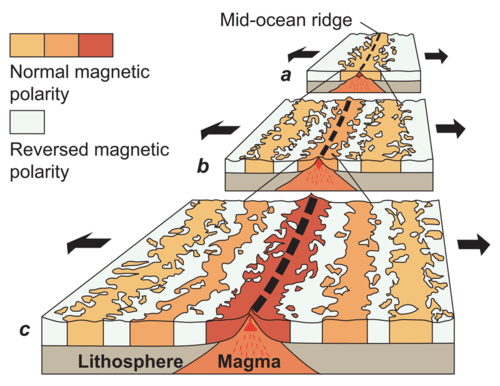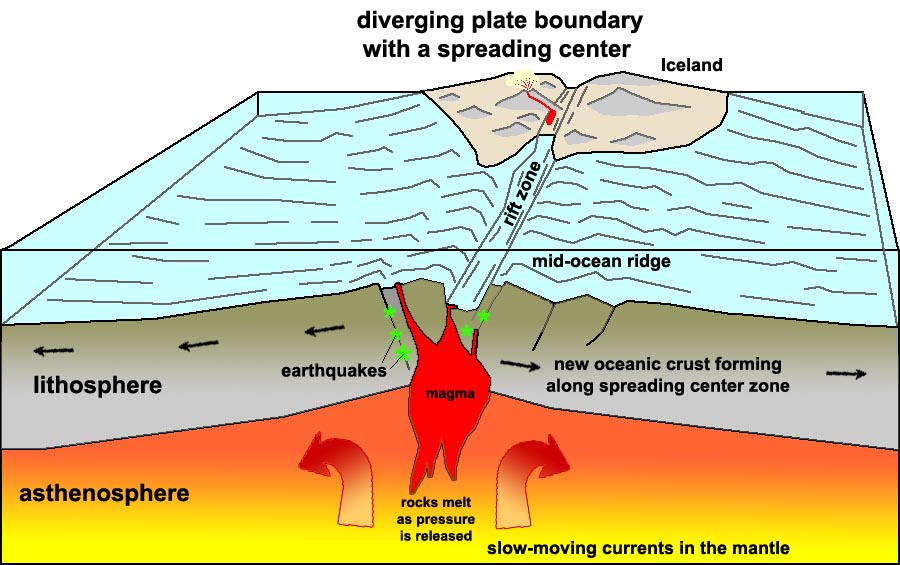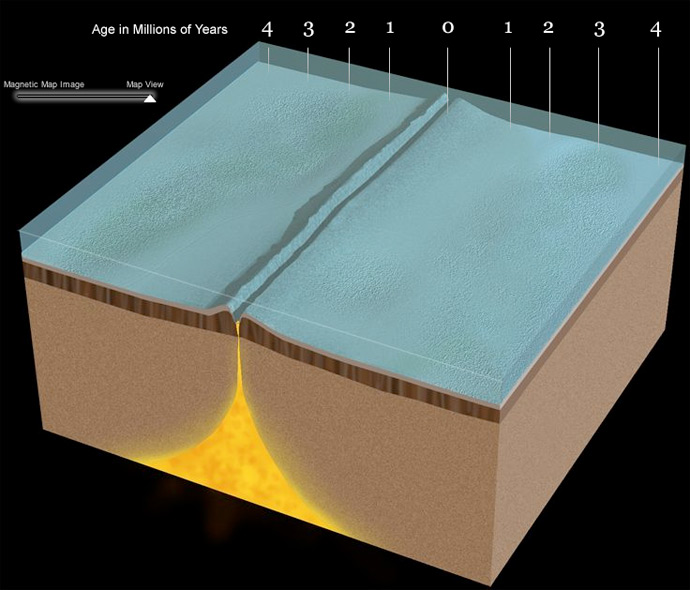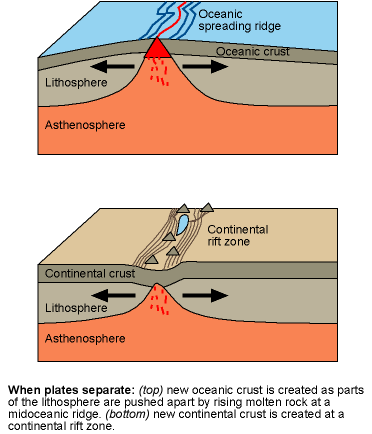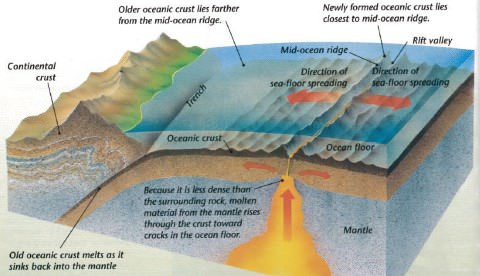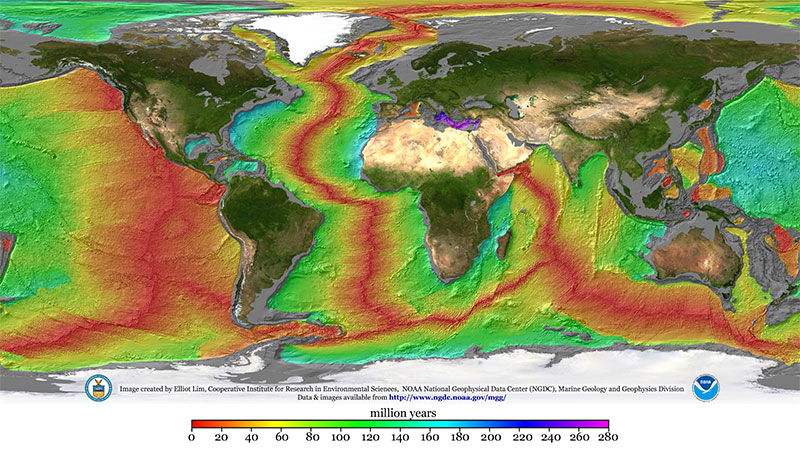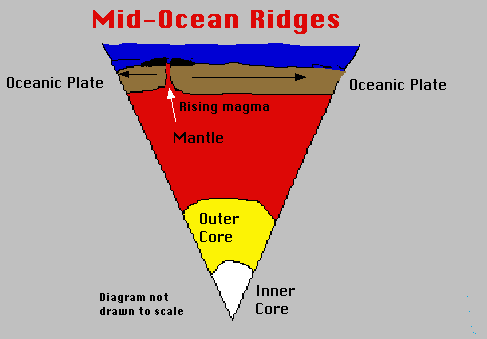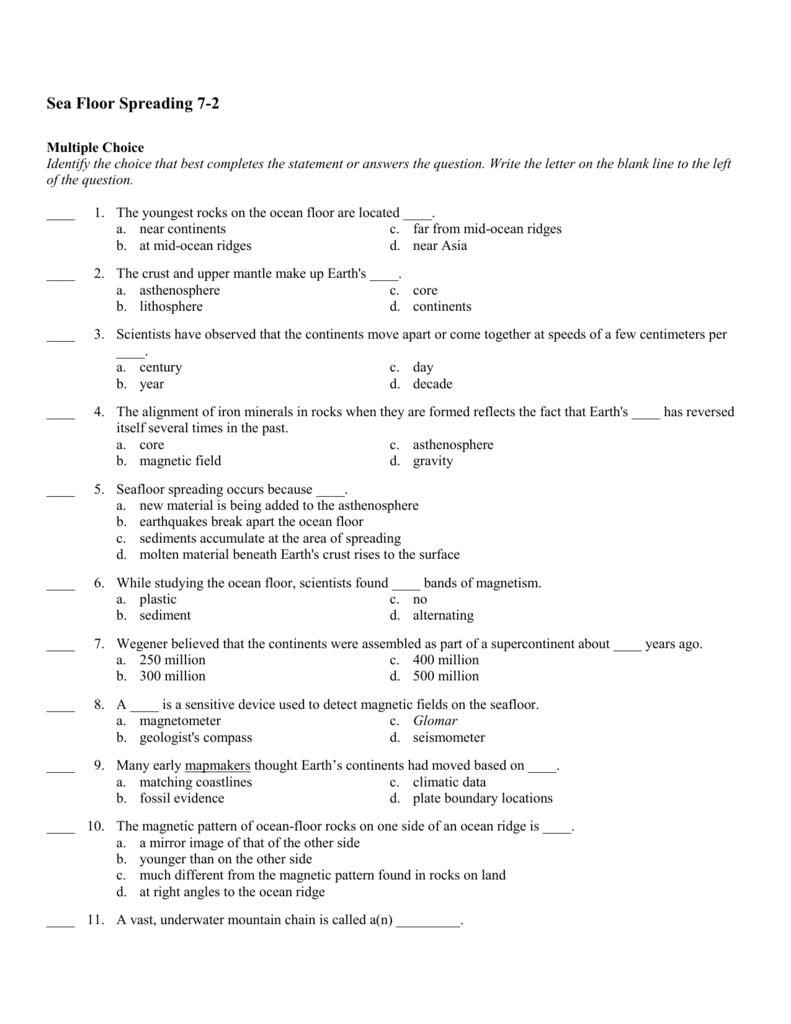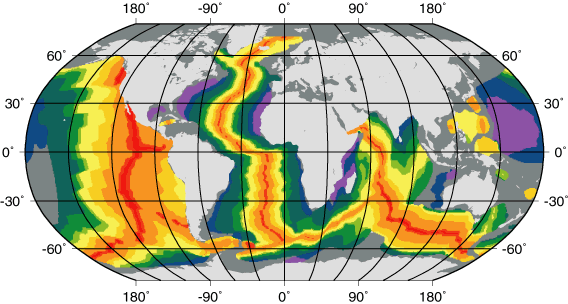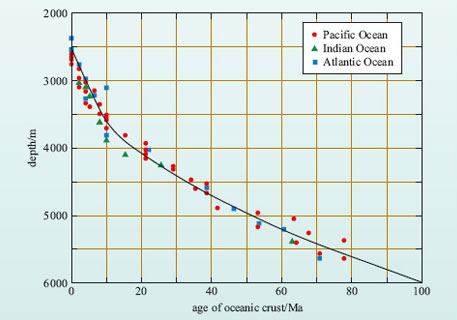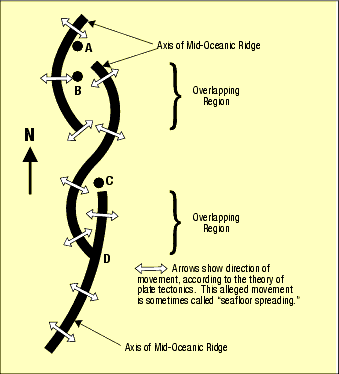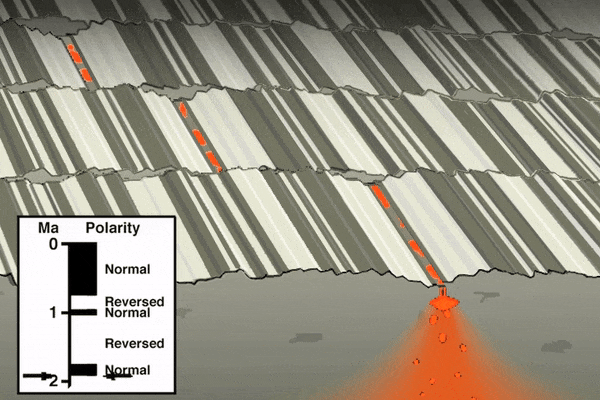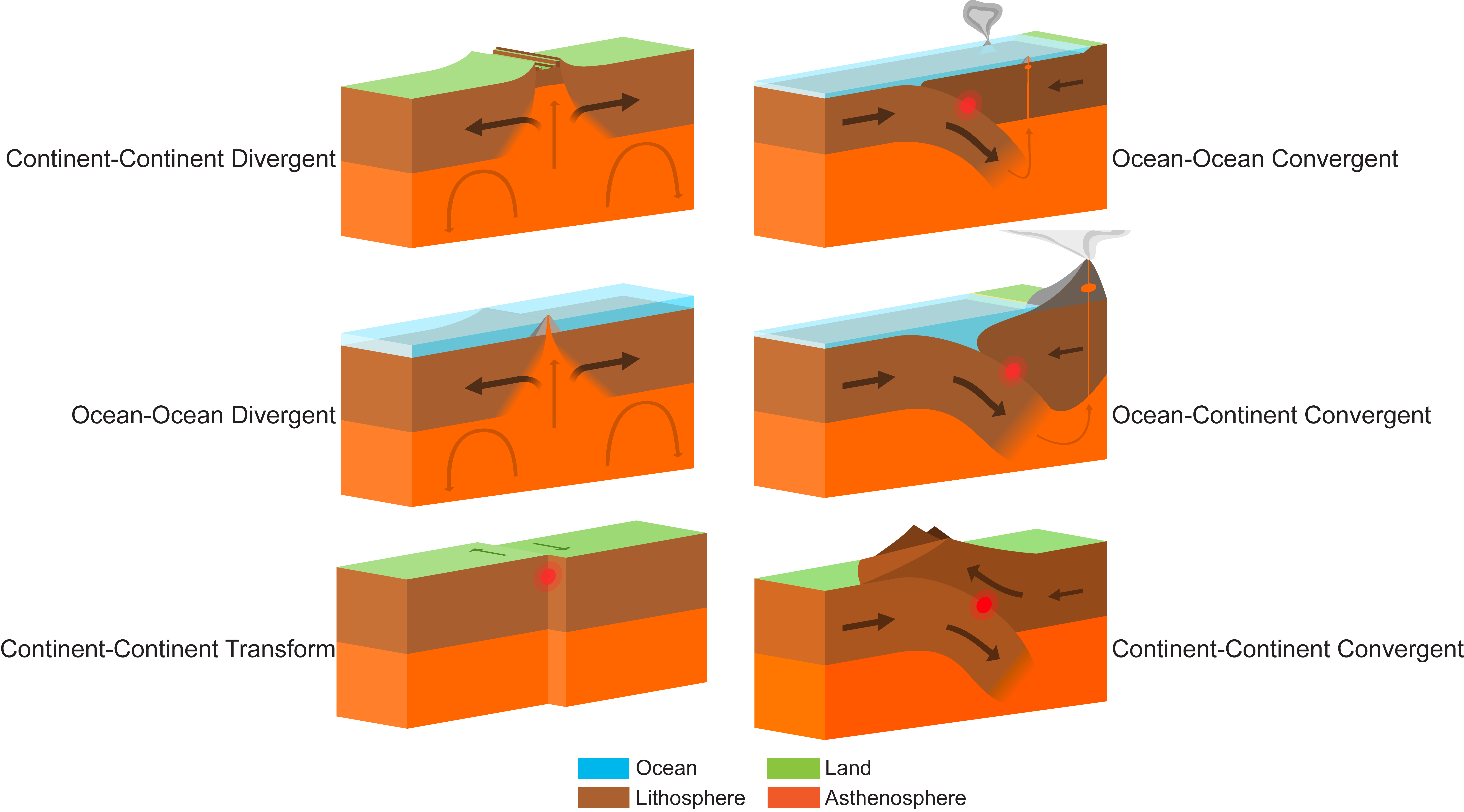Magnetic Pattern Of Ocean Floor Rocks On One Side Of An Ocean Ridge Is

The magnetism of mid ocean ridges helped scientists first identify the process of seafloor spreading in the early 20th century.
Magnetic pattern of ocean floor rocks on one side of an ocean ridge is. A mirror image of that of the other side b. The magnetic pattern of ocean floor rocks on one side of an ocean ridge is. As the new sea floor moves awat form the ridge it cools contracts and becomes denser than the material below it. At right angles to the ocean ridge.
Alternating stripes of magnetically different rock were laid out in rows on either side of the mid ocean ridge. The magnetic pattern of ocean floor rocks on one side of an ocean ridge is a mirror image of that of the other side. The magnetic pattern of ocean floor rocks on one side of an ocean ridge is a mirror image of that of the other side isochron maps of the seafloor indicate that ocean crust is. One stripe with normal polarity and the adjoining stripe with reversed polarity.
The rocks on either side of a mid ocean ridge record the direction of the earth s magnetic field at the time they were formed and form a pattern of magnetic stripes on either side of the ridge. Much different from the magnetic pattern found in rocks on land d. A mirror image of that of the other side. The strips on the atlantic ocean floor in particular all seemed parallel to the mid atlantic ridge that is a volcanic ridge running roughly north to south with some zigs and zags halfway between europe africa and america.
A vast underwater mountain chain is called a n. Younger than on the other side c. When these magnetic patterns were mapped over a wide region the ocean floor showed a zebra like pattern. The magnetic pattern of raocean floor rocks on one side of an ocean ridge is a.
This dence colder seafloor begins to sink helping to form the mid ocean ridge. At the mid ocean ridge spreading axis these flips in the direction of the earth s magnetic field are recorded in the magnetization of the lava. A n is used to measure and record the magnetic signature of the rocks on the seafloor. The magnetic pattern of ocean floor rocks on one side of an ocean ridge is.
The theory of explains how new crust is. Isochron maps of the seafloor indicate that ocean crust is youngest near ocean ridges. These patterns of stripes provide the history of seafloor spreading. That were currently present in the are the presences of similar.


